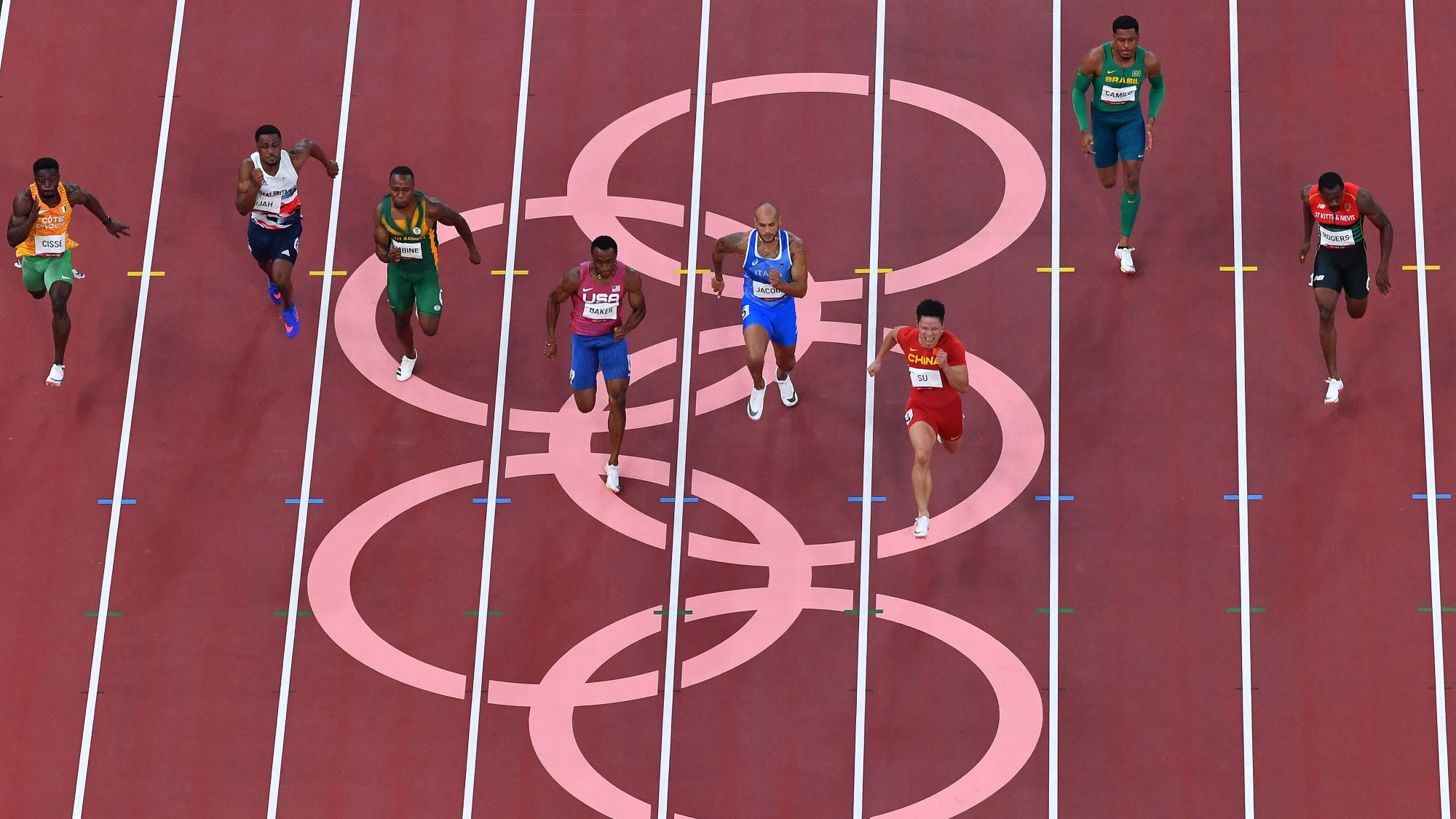Tokyo 2020 Olympics suffered half a billion attempted cyberattacks
None were successful, thankfully

Whilst the Olympic Games were taking place in Tokyo earlier this year, another, huge competition was also taking place behind the curtain - between the organization’s 200-people strong cybersecurity team, and countless hackers, criminal groups and other malicious actors.
The good guys won, as none of the attacks were successful and Tokyo 2020 continued without a hiccup. However, it’s safe to say that the criminals made the security experts work hard for their money.
The NTT Corporation, which provided its services for the Olympic & Paralympic Games in Tokyo, revealed there were more than 450 million attempted cyberattacks during the event - 2.5 times more than the amount recorded during London 2012.
Abusing novel 5G
Among the 450 million attacks, NTT said Emotet malware, email spoofing, phishing, as well as fake websites, were among the most popular methods. The company also expected Distributed Denial of Service (DDoS) attacks, ransomware, as well as attacks against critical infrastructure.
Among this infrastructure was 5G, as all games venues were turned to 5G mobile networks after commercial services started in Japan earlier in 2020. During the events, there had been unauthorized communications targeting vulnerabilities in terminals. NTT managed to mitigate the attack by blocking the communications.
NTT believes it was successful in holding the perimeter thanks to four key factors: Threat intelligence and monitoring; total security solutions (it adopted a whitelist format), quality employee training and awareness programs; and stakeholder management (tight collaboration with ICT providers, critical infrastructure, the International Olympic Committee, as well as the Tokyo 2020 Organizing Committee).
"Cybercriminals certainly saw the Games -- and its related supply chain -- as a high-value target with low downtime tolerance,” commented NTT's Andrea MacLean. “After all, crime follows opportunity. And with connected stadiums, fan engagement platforms and complete digital replicas of sporting venues and the events themselves becoming the norm, there's plenty of IT infrastructure and data to target -- and via a multitude of components.”
Sign up to the TechRadar Pro newsletter to get all the top news, opinion, features and guidance your business needs to succeed!
Looking to stay secure? You might also want to check out our list of the best firewall services out there
Sead is a seasoned freelance journalist based in Sarajevo, Bosnia and Herzegovina. He writes about IT (cloud, IoT, 5G, VPN) and cybersecurity (ransomware, data breaches, laws and regulations). In his career, spanning more than a decade, he’s written for numerous media outlets, including Al Jazeera Balkans. He’s also held several modules on content writing for Represent Communications.